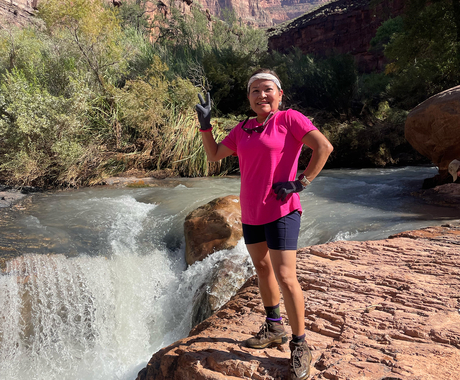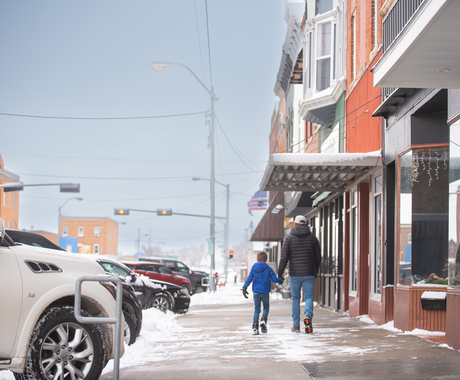Rural communities are showcasing resiliency by ensuring kids are fed during widespread school closures caused by the coronavirus.
In my hometown of West Point, Nebraska, the schools have closed for the time being like many other communities. In nearby Kansas, they just announced closure for the remainder of the school year. With so many uncertainties surrounding us, where the next meal is coming from should not be one of them. This should especially not be a concern for growing young bodies who happen to be our rural legacy.
As things rapidly develop and change due to COVID-19, we’re learning this week what educating our children at home will look like. In the coming days, some schools will round out their plans to deliver classroom education online for the remainder of the year. One need that hit the radar in rural communities right away is whether or not students would still be able to get nutritious meals with cafeterias closed.
West Point’s approach to school meals was the first part of the plan that rolled out to school parents last week. Shortly after parents learned of the plan to close schools, one of the first communications following was about school meals. All students will be provided free breakfast and lunch options while school is closed. Households can sign up on the school’s website and expect to pick up meals at the regular bus stops in town. Bus stops in nearby towns that the school also serves—Beemer, Scribner, and Snyder—will receive the service. Students of another area school can also participate. Parents select the stops and the pick-up times. This has been communicated to the public in both English and Spanish, so it reaches as many families as possible. In all, it’s been a group effort.
The Center for Rural Affairs’ hometown of Lyons, Nebraska, is also addressing this issue as part of its pandemic plan. Households can call the school to be placed on the list for breakfast and lunch the following day. Pick-ups are at 11:30 a.m. at the school cafeteria’s doors, allowing for safe interactions with individuals and staff. In Fremont, Nebraska, the schools weren’t able to implement their plan to distribute meals out of three elementary school sites until March 24. But, not to worry, a local coffee shop regularly serving lunches came to the rescue with free sack breakfast and lunches in the meantime.
Other rural schools are running drive-through operations, delivering meals along their bus routes, and working with local organizations and volunteers to make sure meals are delivered to students who most rely on this food—those receiving free and reduced meals. In addition, Chef Ann Foundation has put together guidance for schools looking for resources to respond during this time. They also are highlighting other remote feeding examples from schools across the country.
In 2018, school cafeterias served nearly 5 billion lunches nationwide—three-quarters were free or at a reduced price. A report found that children from food insecure households are more likely to eat school meals and receive more of their food and nutrient intake from school meals than other children. The numbers for free and reduced meals tend to be higher in rural areas. In 2017, a USDA report on household food security showed that the rate of food insecurity in households with children is 15.9 percent in metro areas, in rural areas that number jumps to 20.4 percent. Rural communities should prioritize rallying around this issue. This is especially important during this pandemic, when disparities in our communities and families come to light much more rapidly.
There is something that happens in rural communities during crisis; something inspiring, something defiant. Because we are a resilient bunch, we band together and take care of each other. Rural people forge on, even through the unknowns, even when there is no end in sight. In these weeks, and potentially months to come, we will share stories that exemplify rural resiliency, strength, and unity that prove no matter the challenge, our rural communities can, and will, rise to the occasion.





